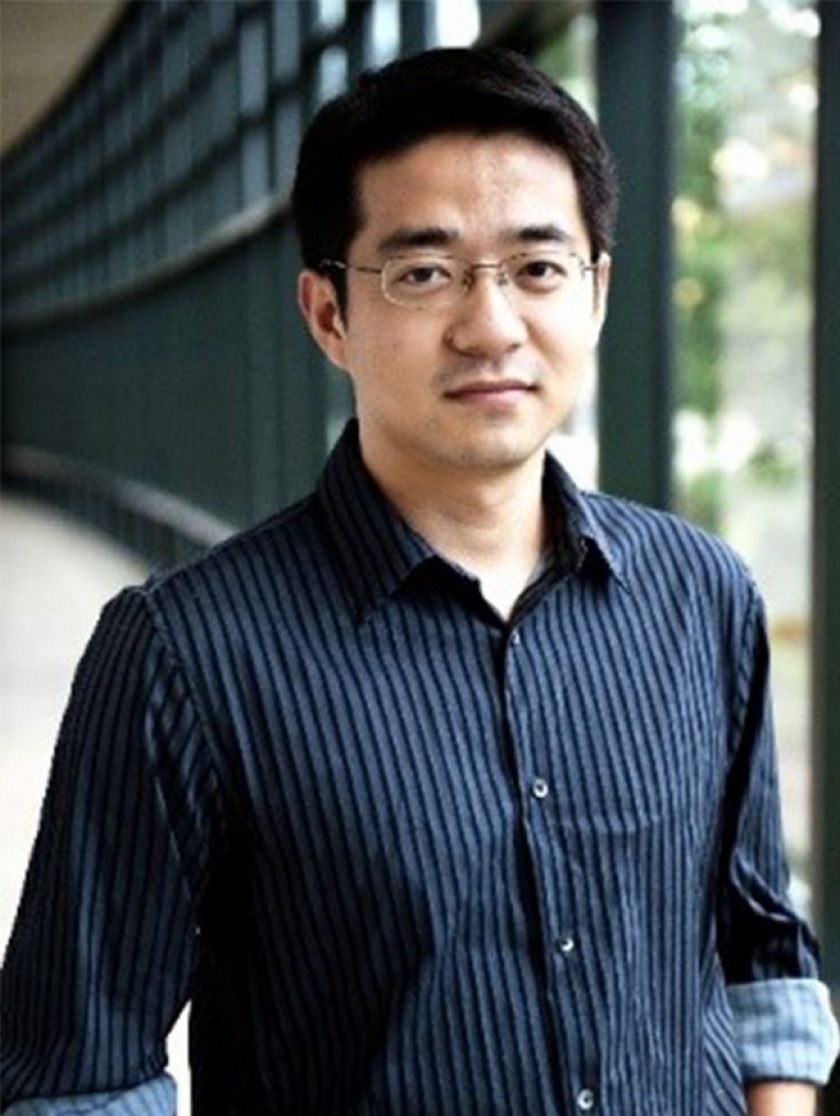Abstract:
Although light-sound interactions have been explored in bulk materials for almost a century since Léon Brillouin, advances in nanofabrication technology now enable such interactions to be exploited at the nanoscale with solid-state devices. Confining both waves to the nanoscale leads to extremely high energy density — higher than that of a thunderstorm — and dramatically enhanced coupling between them. It is at this regime that many remarkable phenomena arise from extremely intense sound-light interactions. The principle also extends to the quantum regime where quanta of light and sound, namely photons and phonons, can couple strongly to generate novel quantum mechanical and quantum optical effects. Thus, exploiting photon-phonon interactions at the nanoscale can provide an avenue for a host of new technologies, as well as the advancement of our understanding of uncharted quantum frontiers. Integrating nanoscale electromechanical transducers and nanophotonic devices potentially can enable new acousto-optic devices to reach unprecedented high frequencies and modulation efficiency. We demonstrate acousto-optic modulation of a photonic crystal nanocavity using acoustic waves with frequency up to 20 GHz, reaching the microwave K band. Both the acoustic and photonic devices are fabricated in piezoelectric aluminum nitride thin films. Excitation of acoustic waves is achieved with interdigital transducers with periods as small as 300 nm. Confining both acoustic wave and optical wave within the thickness of the membrane leads to improved acousto-optic modulation efficiency in the new devices than that obtained in the previous surface acoustic wave devices. In a photon-phonon waveguide, we further demonstrate strong Brillouin scattering of light by electromechanically excited acoustic waves. Our system demonstrates a novel scalable optomechanical platform where strong acousto-optic coupling between cavity-confined or guided photons and high frequency traveling phonons can be explored.
Bio:
Mo Li joins the College with a joint position in electrical and computer engineering and the physics department. Since 2010, he served as an assistant professor and then an associate professor with tenure in electrical and computer engineering at the University of Minnesota. At the UW, he plans to continue his work in integrated photonics, developing new device functionalities and materials for optical and wireless communication and sensing applications. His research also incorporates novel two-dimensional and quantum materials in optoelectronic devices and large scale, silicon-based photonic systems for next-generation communication and computation.
Mo’s distinctions include an NSF CAREER Award in 2014, McKnight Land-Grant Professorship in 2013 and Air Force Office of Scientific Research Young Investigator Award in 2012.


